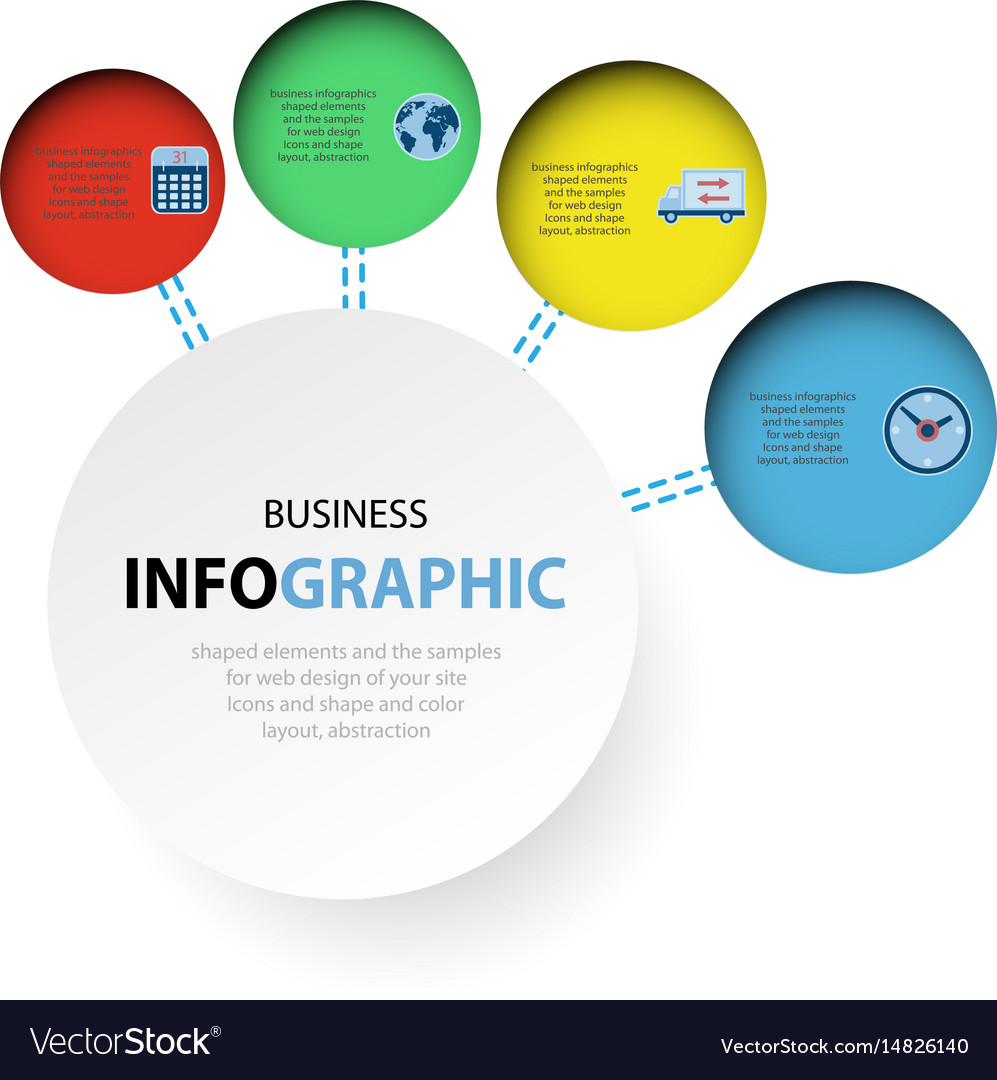Intrigued In Discovering Exactly How Website Design Has Advanced Throughout The Years? Check Out The Journey From Uncomplicated Designs To User-Centered Approaches
Intrigued In Discovering Exactly How Website Design Has Advanced Throughout The Years? Check Out The Journey From Uncomplicated Designs To User-Centered Approaches
Blog Article
Authored By-Tobiasen Dalby
In the past, websites were easy and concentrated on info. Navigation was straight, and style was for desktop computers. Now, individual experience is vital. Information overviews designs for simple navigation. Responsive layouts suit various gadgets. Today, dark setting lowers pressure, and minimalist menus enhance navigating. Interactive functions involve users, and bold visuals stand out. AI integration boosts interaction. See exactly how design has evolved to improve your on-line trip.
Very Early Days of Website Design
In the early days of web design, simpleness reigned supreme. Sites were standard, with minimal colors, font styles, and layouts. The emphasis got on providing information as opposed to fancy visuals. Customers accessed the net with sluggish dial-up connections, so rate and functionality were vital.
Navigating menus were straightforward, usually situated at the top or side of the web page. Websites were created for desktop, as mobile surfing wasn't yet common. Material was king, and designers focused on easy readability over intricate design elements.
HTML was the primary coding language made use of, and designers had to function within its constraints. Animations and interactive features were very little compared to today's criteria. Internet sites were static, with little vibrant content or individualized user experiences.
Surge of User-Focused Design
With the advancement of web site layout, a change in the direction of user-focused layout concepts has actually come to be significantly popular. Today, producing websites that focus on customer experience is vital for involving visitors and attaining company goals. User-focused design involves understanding the requirements, choices, and habits of your target audience to customize the web site's format, content, and features accordingly.
Designers currently conduct comprehensive research, such as individual surveys and functionality screening, to collect insights and comments directly from users. This data-driven approach aids in producing instinctive navigation, clear calls-to-action, and visually appealing user interfaces that reverberate with site visitors. By putting the individual at the center of the style process, web sites can supply an extra tailored and enjoyable experience.
Responsive design has additionally emerged as a crucial element of user-focused style, guaranteeing that internet sites are maximized for various gadgets and display dimensions. This flexibility boosts accessibility and usability, catering to the varied ways users connect with web sites today. Fundamentally, the surge of user-focused layout symbolizes a change in the direction of developing digital experiences that focus on the needs and assumptions of the end customer.
Modern Trends in Website Design
Discover the latest patterns shaping web design today. read here is dark setting layout, supplying a sleek and modern-day appearance while lowering eye strain in low-light settings. Another crucial pattern is minimal navigation, streamlining menus and enhancing individual experience by focusing on essential elements. Incorporating micro-interactions, such as computer animated buttons or scrolling effects, can create a much more appealing and interactive internet site. Receptive layout stays critical, guaranteeing seamless individual experiences throughout various devices. Furthermore, utilizing strong typography and unbalanced designs can add visual rate of interest and accentuate certain content.
Incorporating AI technology, like chatbots for client assistance or personalized referrals, enhances individual involvement and simplifies procedures. Access has additionally become a considerable trend, with developers prioritizing comprehensive design practices to satisfy diverse user requirements. Embracing sustainability by maximizing web site performance for speed and performance is an additional emerging pattern in website design. Collaborating with customer feedback and information analytics to iterate and enhance design continually is important for staying appropriate in the ever-evolving electronic landscape. By welcoming these contemporary patterns, you can create a visually enticing, straightforward internet site that resonates with your target market.
Verdict
As you reflect on the advancement of site design from the very early days to currently, you can see exactly how user-focused design has become the driving pressure behind modern-day trends.
Accept the trip of modification and adaptation in web design, constantly keeping the user experience at the forefront.
Remain existing with the most up to date patterns and innovations, and never ever quit developing your technique to produce visually spectacular and easy to use websites.
Evolve, adapt, and develop - the future of web design is in your hands.
